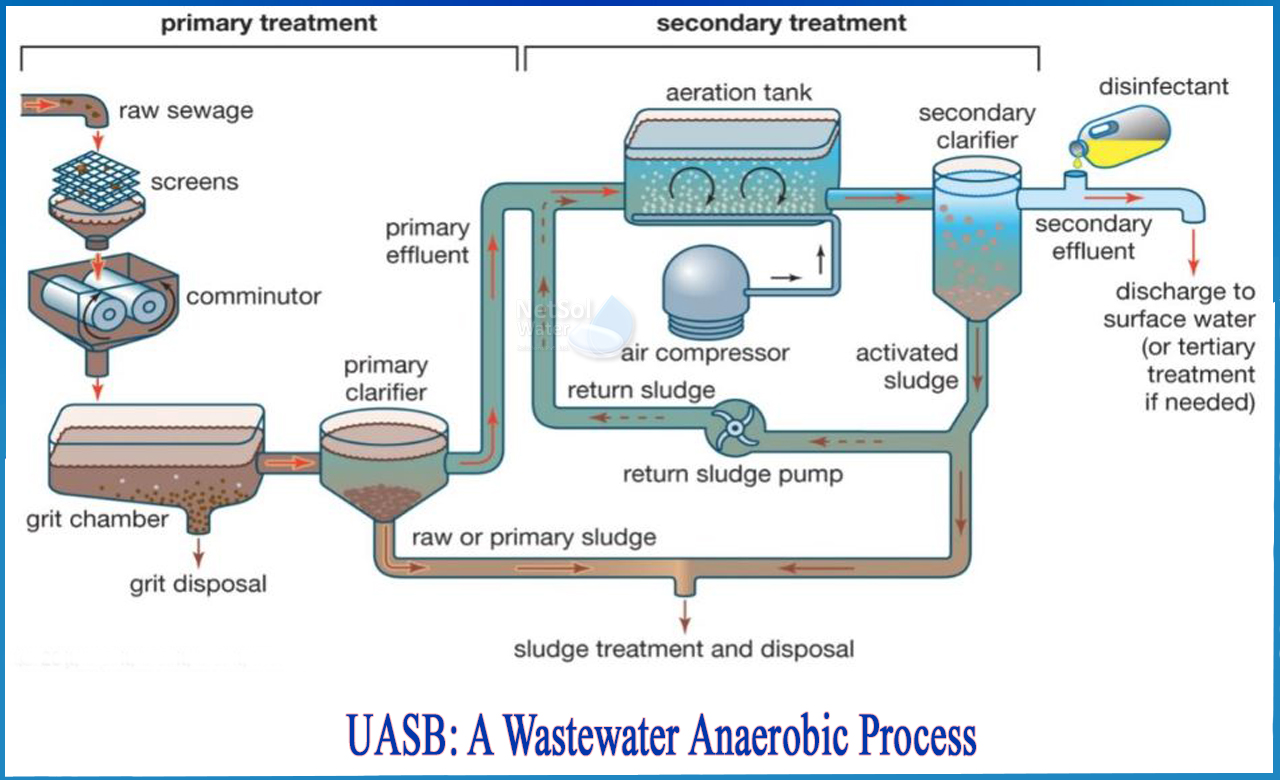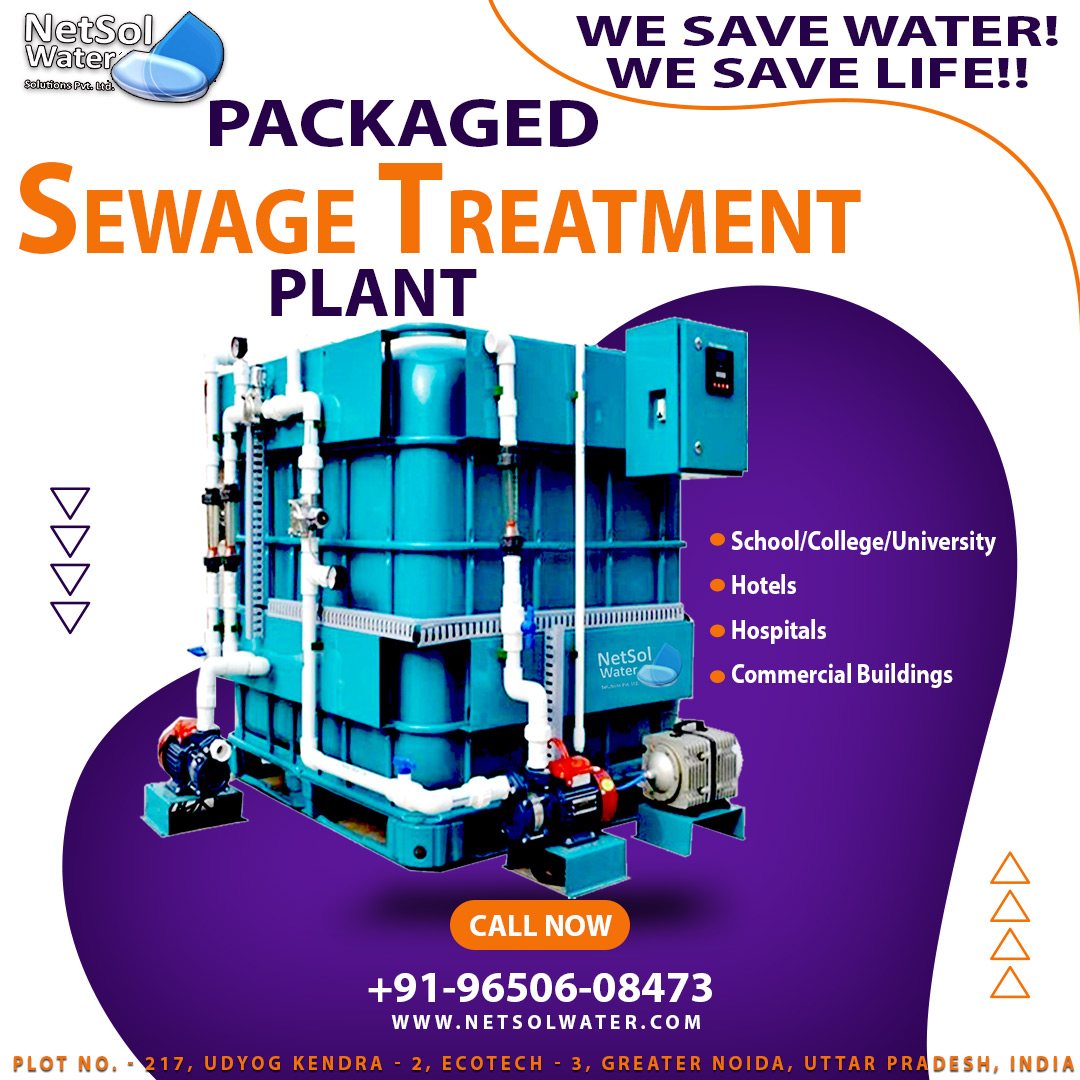What is anaerobic process in wastewater treatment?
Wastewater has been considered as nuisance to be discarded in the cheapest way possible, least pollution creating and least offensive manner possible. Over the last century the method employed lead to undesirable impact on the environment. This led to variety of treatment schemes that characterize the municipal treatment systems today. In the interest of sustainability as well as fundamental economic efficiency, the wastewater must be viewed as raw material to be conserved and reused.
The contents of wastewater which are often viewed as pollutants can be used to achieve sustainable environment. The organic compounds in the wastewater are a source of energy. The major purpose of wastewater treatment is to dispose the wastewater in such a way that causes less harm to the environment we dwell in.
The treatment scheme involves various processes, out of which biological treatment system is one of the most important in the whole scheme. The major purpose of the biological process is to remove soluble BOD that escapes preliminary treatment and to provide further removal of suspended solids. The secondary treatment processes are biological and are of different types depending upon their relationship with oxygen, microorganisms and energy source. One prior form of biological treatment is anaerobic decomposition.
In order to achieve anaerobic decomposition, molecular oxygen and nitrate must not be present as electron acceptors. The anaerobic decomposition is considered to be a three step process. Since small amounts of energy are required, the process becomes self-sufficient. One such process for the removal of organics is carried out in Up-flow aerobic sludge blanket. The brief discussion about the UASB is given below:
WHAT IS UASB?
The up-flow anaerobic sludge blanket reactor (UASB) is a single tank process which incorporates the whole anaerobic process. Wastewater enters the reactor from the bottom, and flows upward with a certain speed. The suspended sludge blanket filters and treats the wastewater as the wastewater flows through it for treatment. The sludge blanket is comprised of microbial granules (1 to 3 mm in diameter), i.e., small agglomerations of microorganisms that, because of their weight, resist being washed out in the up-flow. The microorganisms in the sludge layer degrade organic compounds.
As a result, gases (methane and carbon dioxide) are released. The rising bubbles mix the sludge without the assistance of any equipment’s used since the gas has capability of diffuse. Sloped walls deflect material that reaches the top of the tank downwards. The effluent is clarified and collected in the top most part of the reactor. Critical design parameters are necessary for the optimal performance of the reactor.
UASB follows an anaerobic process which uses a sludge blanket (granular sludge) that is suspended. It is a methane-producing digester (due to the microbial activity inside the reactor). Since the mid-1990s, approximately 10 years after the installation of the first pilot-scale up-flow anaerobic sludge bed (UASB) reactors for the treatment of municipal sewage in Colombia and Brazil, there has been a rapid increase in the number of large scale municipal UASB sewage treatment plants (STPs) installed in sub-tropical countries. In particular, Brazil and India have extensively adopted UASB technology. A UASB reactor comprises 4 functional units:
Primary clarifier: removal of non-biodegradable suspended solids from the influent.
Biological reactors: removal of biodegradable organic compounds by converting them into methane.
Secondary clarifier: clarifying the treated effluent in the topmost part of the reactor (Gas Liquid Solid Separator).




